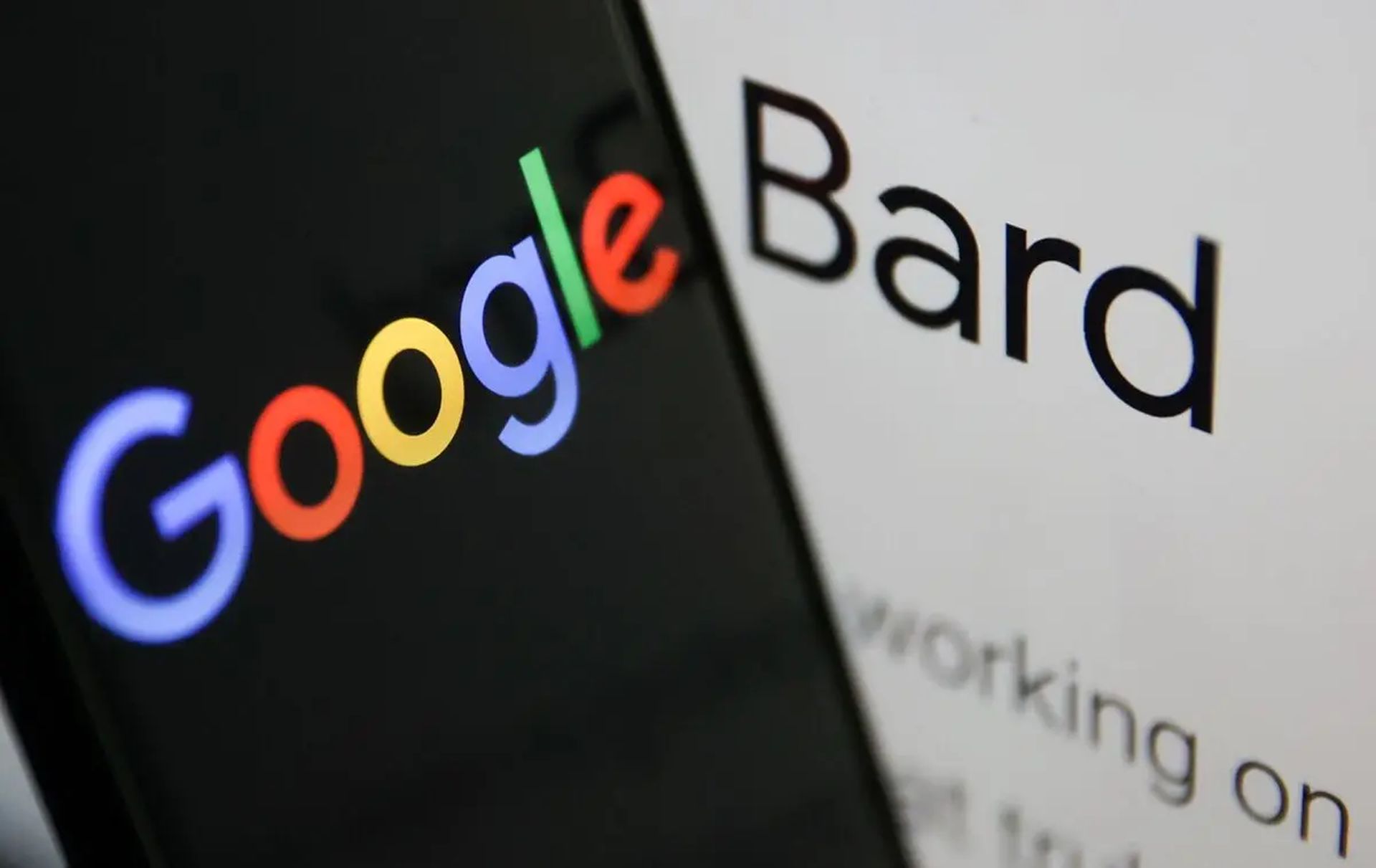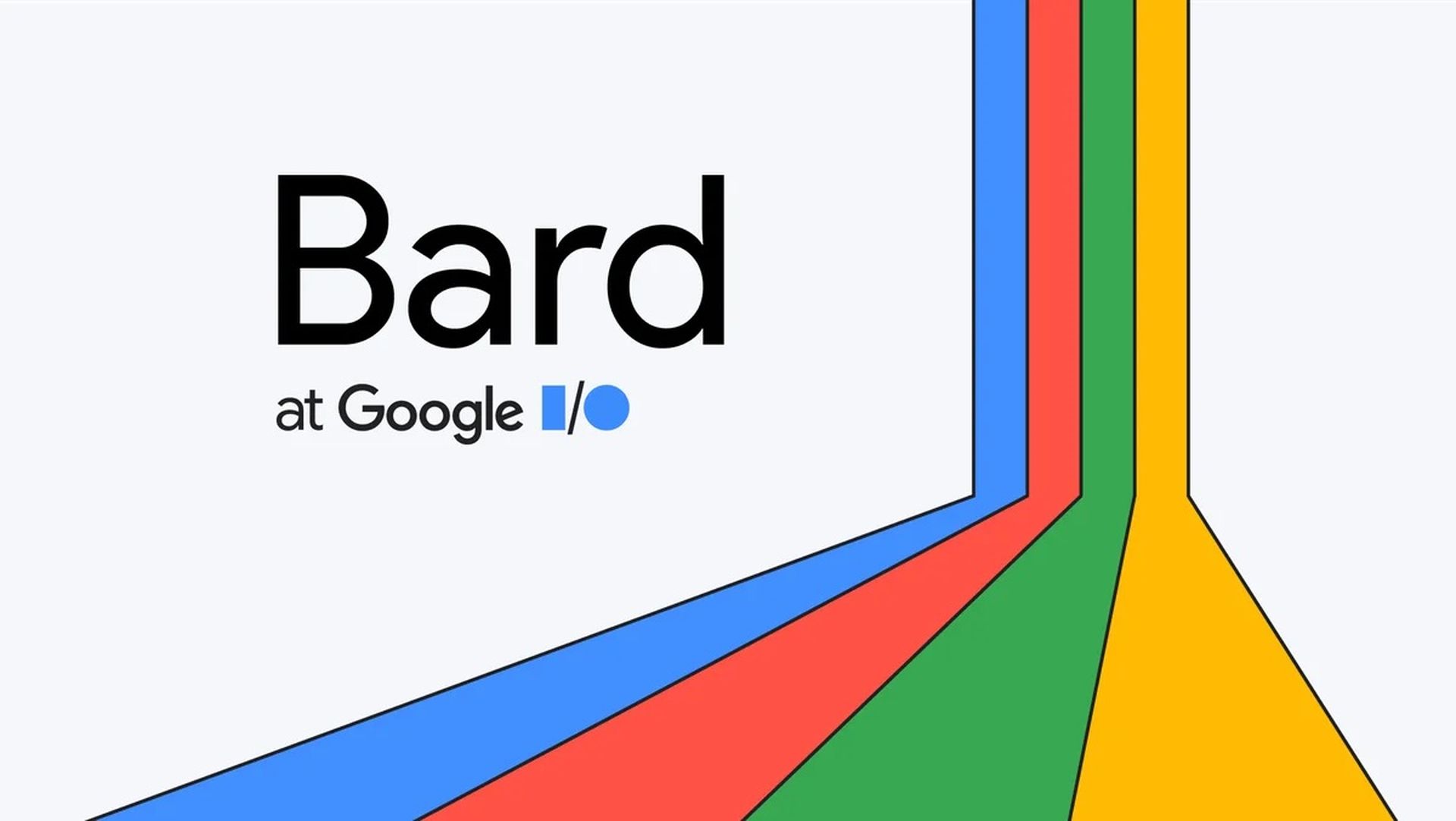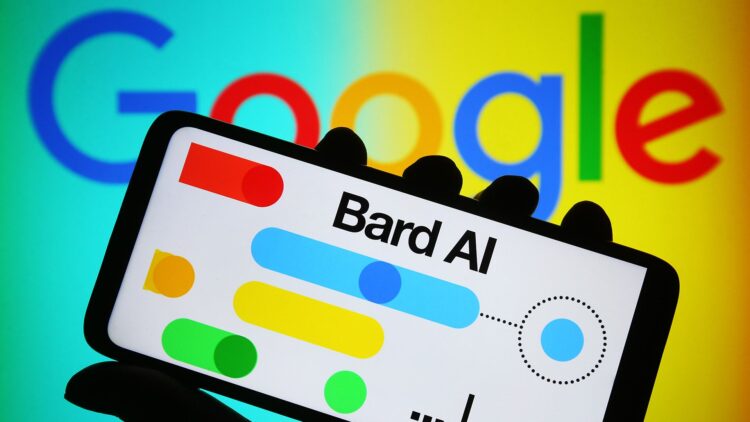Google has announced that it is making Bard, its generative AI chatbot, widely available in English without most waitlist restrictions. The aim is to enlarge the chatbot’s user base, as this will provide a larger sample size for improvements and feature introductions. Sissie Hsiao, Vice President, and GM for Assistant and Bard at Google, made the official announcement via a blog post, indicating that Bard is now accessible in more than 180 countries and territories.
Bard’s accessibility will help the company collect more user feedback to enhance the chatbot’s performance.John Krawczyk, Senior Product Director at Google, revealed at a press event before the conference that they are rolling out Korean and Japanese versions of the chatbot and will be adding more languages in the future.
Google is gradually introducing additional languages to ensure that they are being responsible in their chatbot’s development. During the press event, Google reiterated its commitment to developing the chatbot responsibly, even going so far as to refer to it as an experiment rather than a beta.

Google Bard is now open to over 180 countries
Google also disclosed that it will soon be introducing multimodal content to Bard, which means that it will be able to provide answers in various formats, not just text. Hsiao mentioned in the blog post that Bard will become more visual both in its responses and the user’s prompts. For example, when a user asks, “What are some must-see sights in New Orleans?”
Bard will provide a helpful response with pictures to give users a better understanding of what they are exploring. While these rich visuals will initially comprise pictures, it’s expected that the chatbot will eventually include charts, maps, and other items.

Bard is a chatbot that Google announced in February and made publicly available in March through a waitlist. Similar to OpenAI’s ChatGPT, it answers questions in natural language. Overall, making Bard more widely available is a significant development that is likely to enhance the chatbot’s capabilities by increasing its user base and feedback.
How to try Google Bard AI?
In contrast to OpenAI’s ChatGPT and Microsoft Bing’s AI chatbot, which are both readily available to anyone with an internet connection, access to Bard is currently restricted to a select group of insiders who are granted demos, as well as those who sign up for the waitlist.
To check your eligibility for Bard, simply navigate to the homepage using the link provided here and click the “Join waitlist” button. If you meet the necessary criteria, you will be prompted to opt-in for Bard news updates before being added to the waitlist. From there, all that’s left to do is await an email notification with the exciting subject line, “It’s your turn to try Bard”.
If you would like to know more about Google Bard AI check out our other articles:





